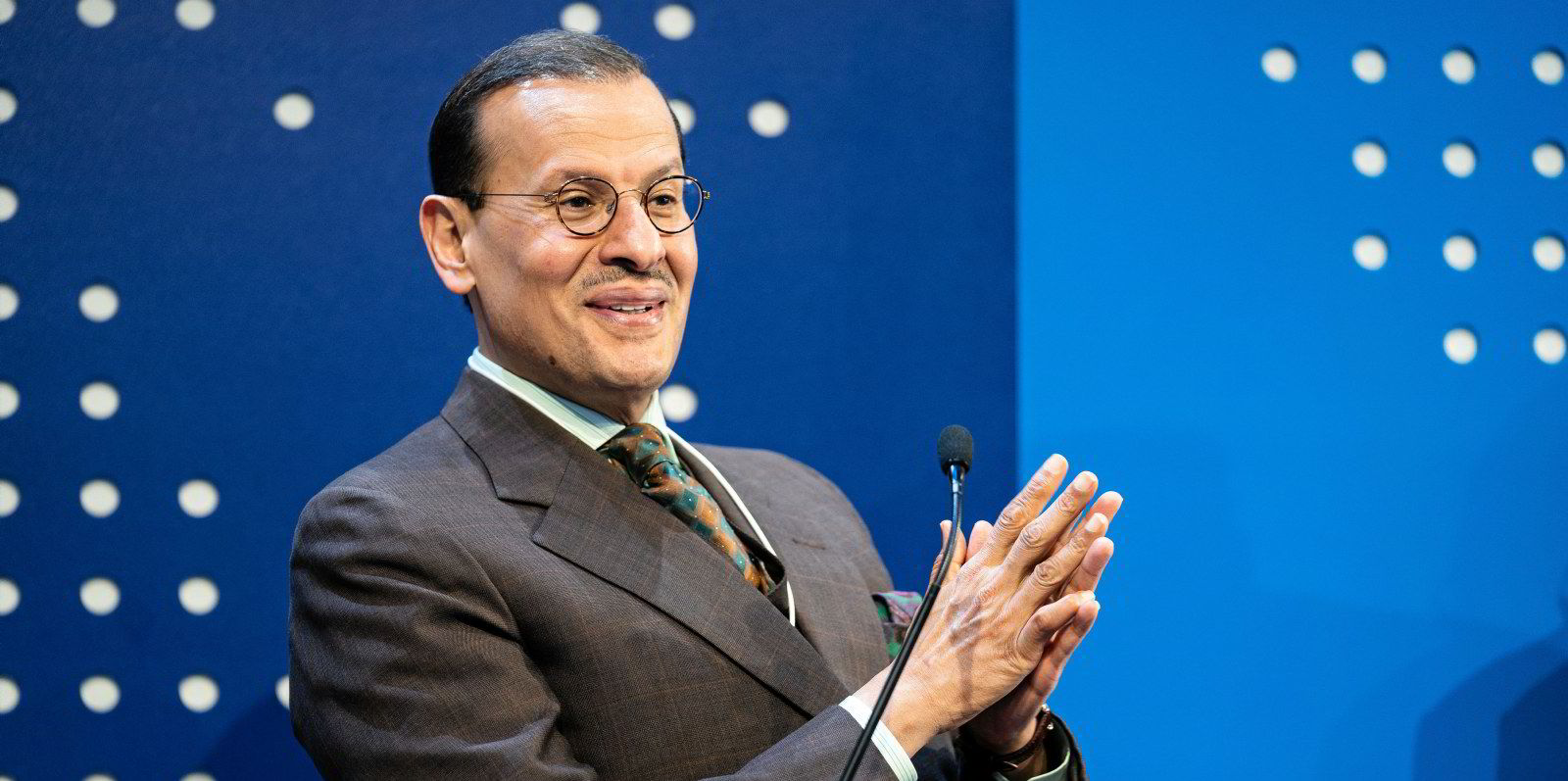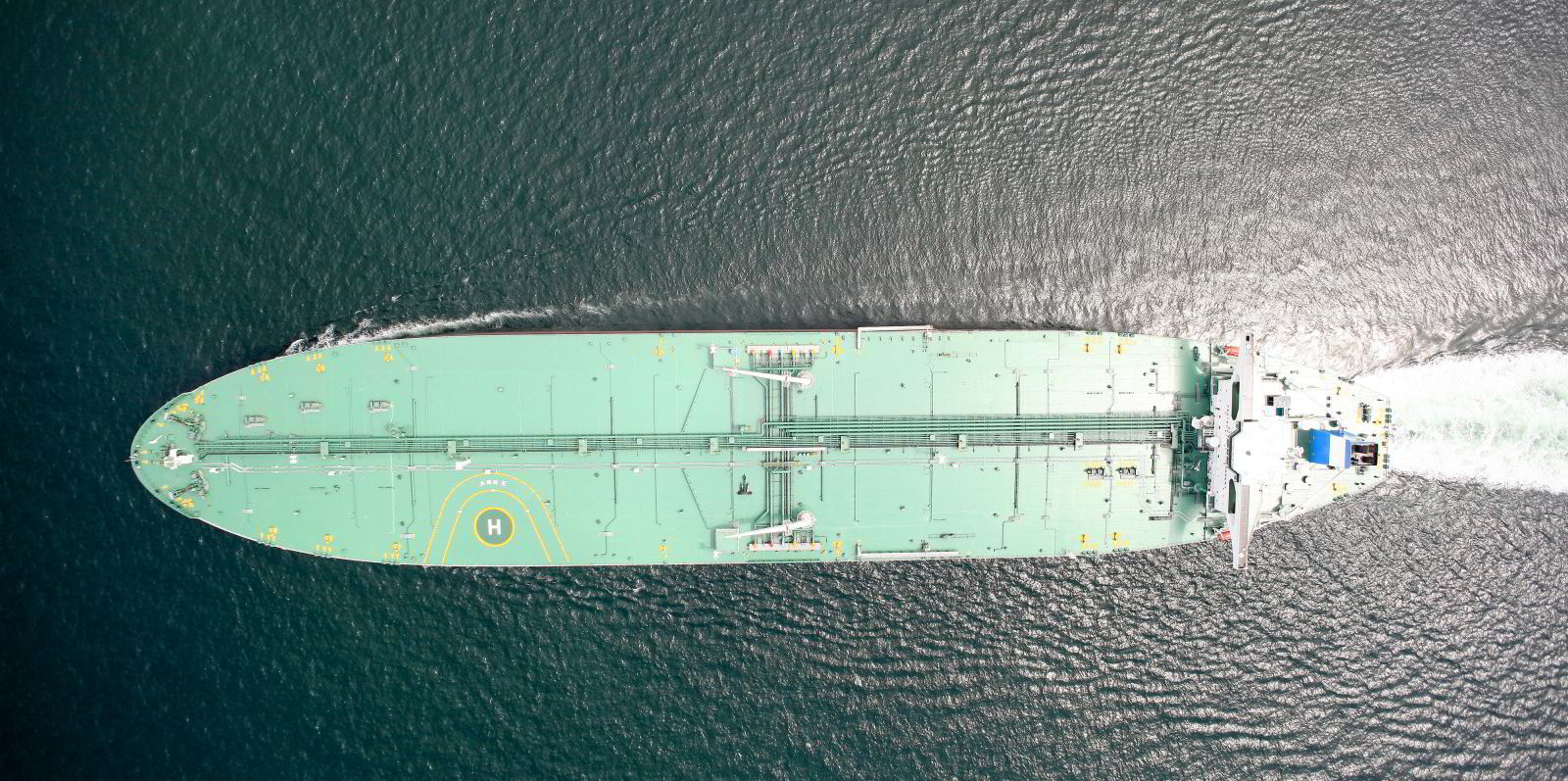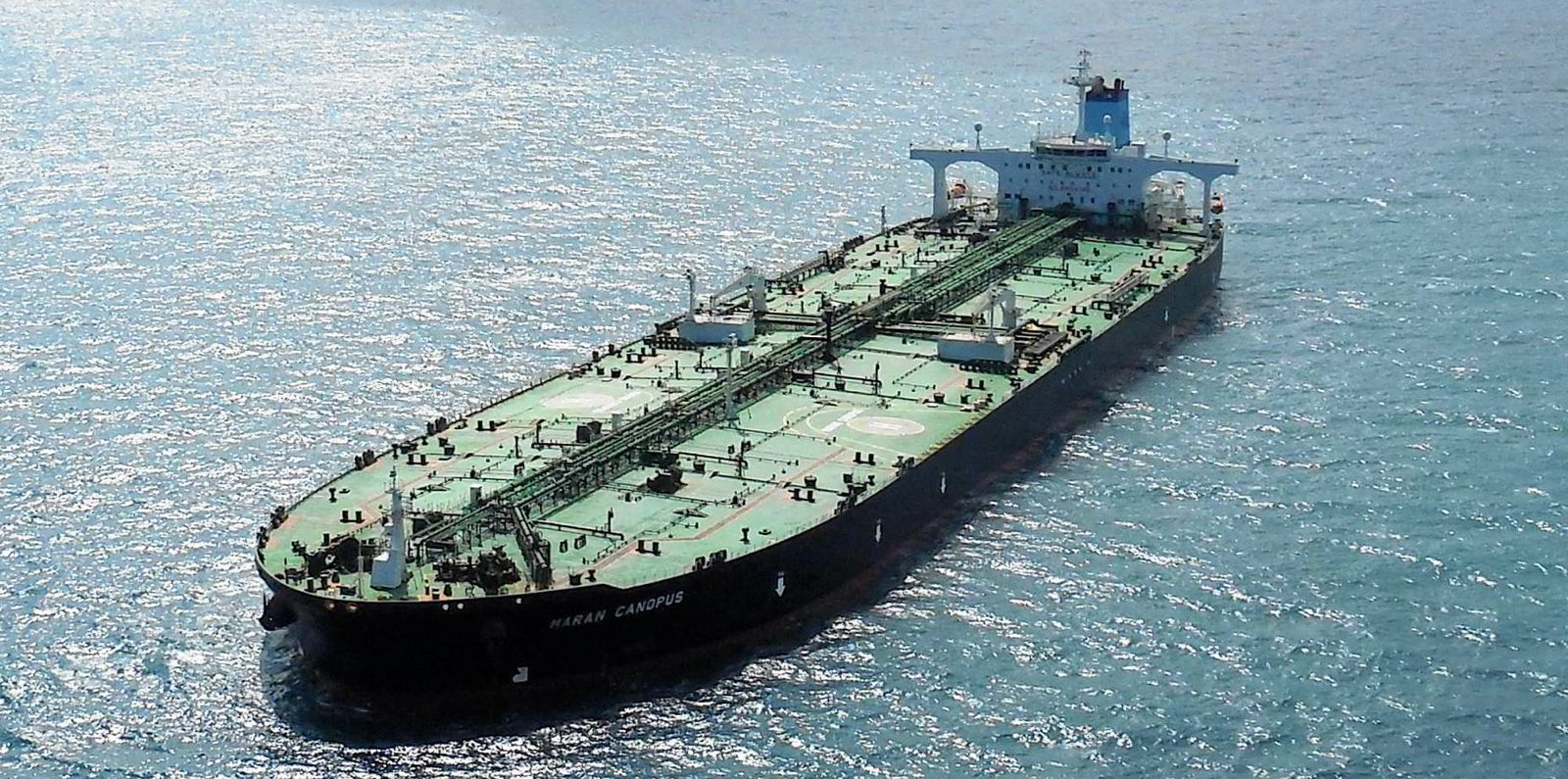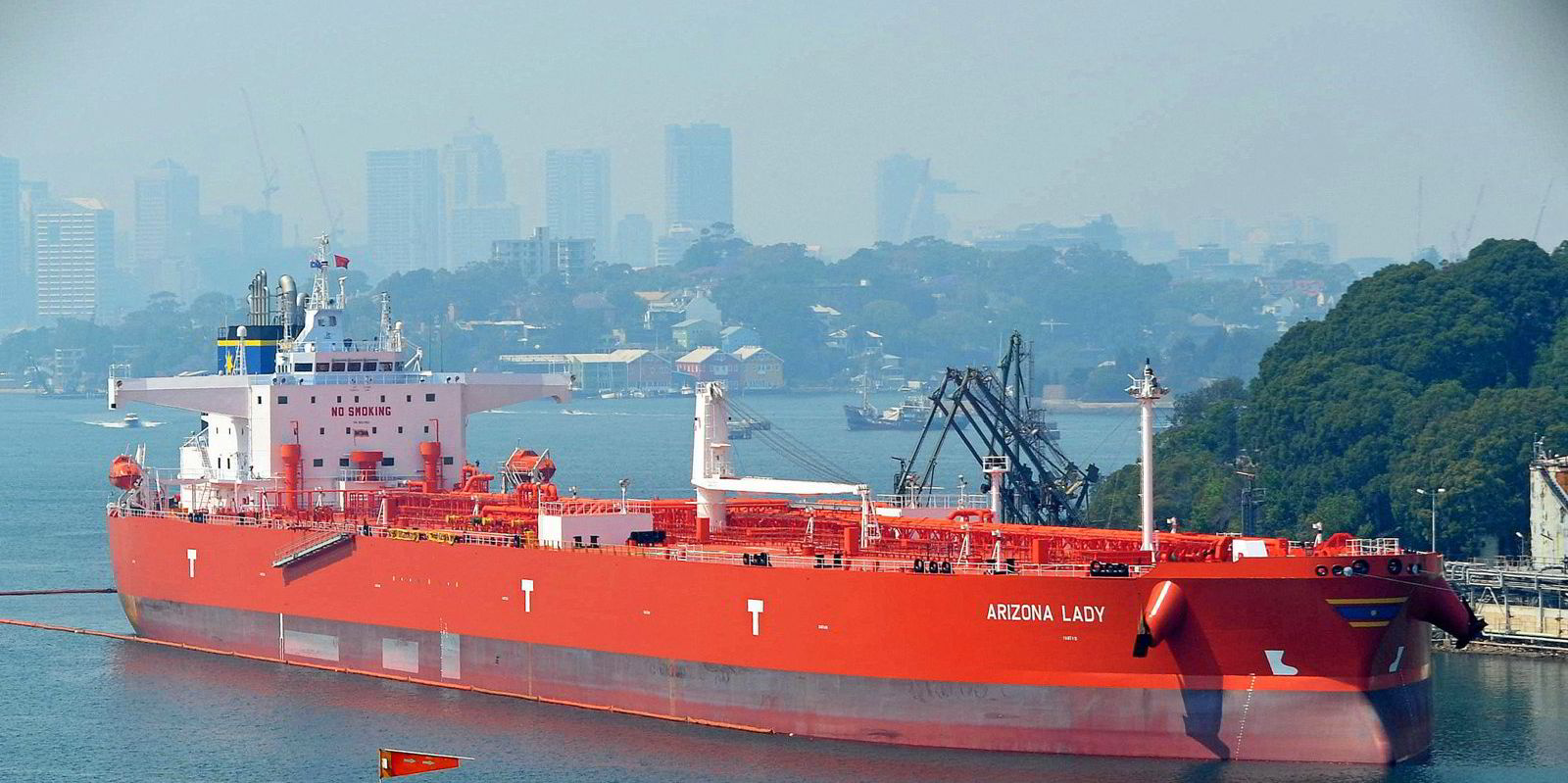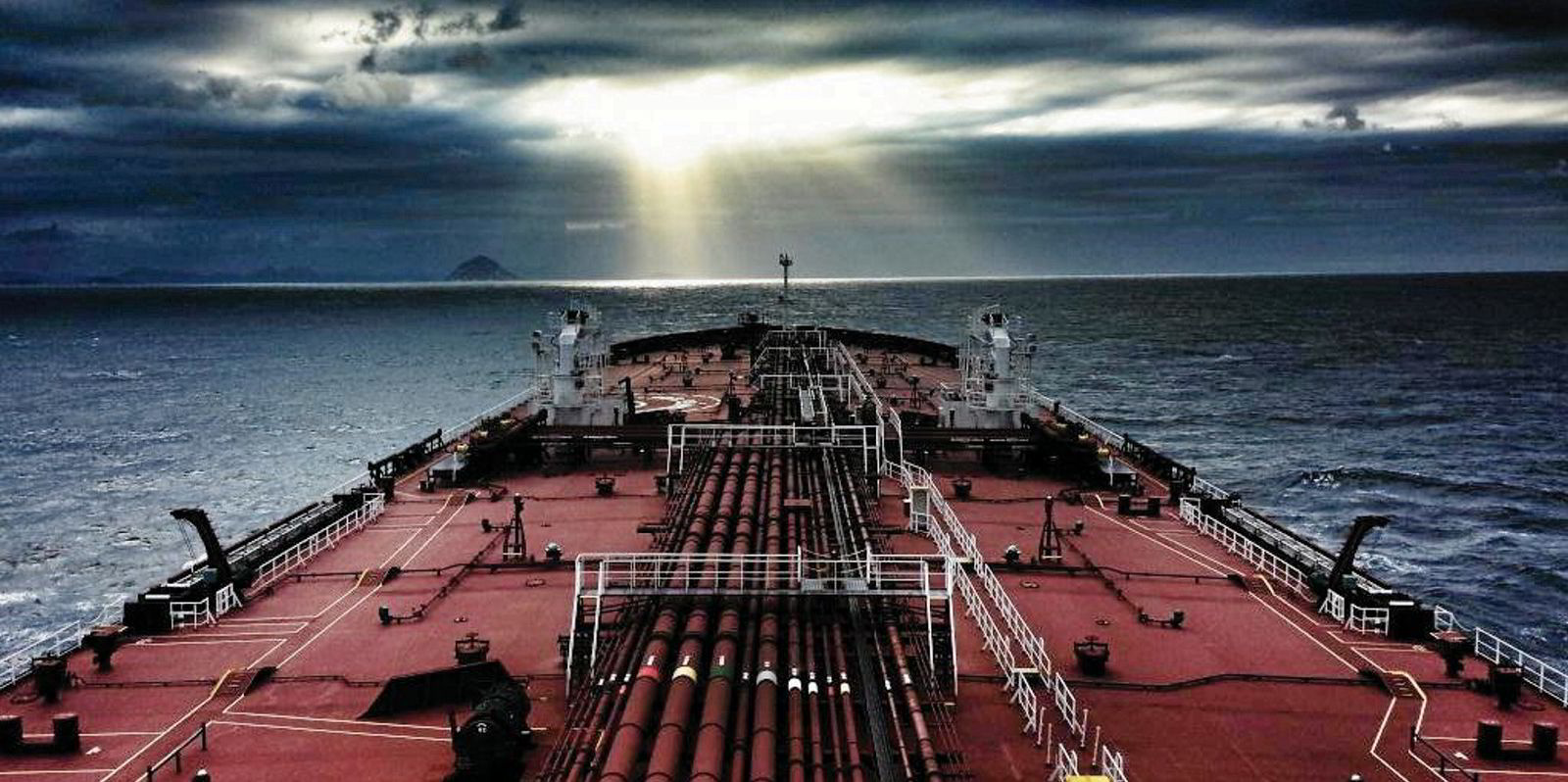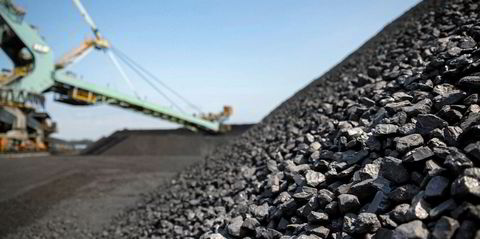For three meetings in a row now, Opec and its Russia-led allies have caught the oil and tanker markets off guard.
During their recent ministerial meeting, the major producers known collectively as Opec+ agreed to increase their combined crude production by more than 2m barrels per day (bpd) between May and July.
This was despite renewed oil demand weakness amid fresh lockdown measures in Europe. Market participants had widely expected Opec+ to maintain production cuts for the next month at least.
The group’s decision tends to be one of the most significant market movers for tankers, with most of its production being exported by ships.
For better or worse, it is getting more difficult to predict the outcome of their meetings.
The best approach for tanker owners would be getting a better handle on cargo flows to best deploy their shipping capacity.
This would not be an easy task as shipowners would effectively need to have a similar mindset to oil traders. But it could help them navigate through the downturn more smoothly.
Difficult to predict
Opec+ opted for lower-than-expected production ceilings in two meetings earlier this year, undercutting tanker demand in the Middle East in particular.
The upcoming production hike is generally believed to benefit tanker markets, although the actual impact on earnings remains uncertain.
Industry experts' forecasts regularly miss the mark these days as the cartel’s summits have been scheduled much more frequently.
In the past, the producers hold two meetings per year at Opec headquarters in Vienna. They often decide their output quotas for the next six months in part based on similar sets of macroeconomic data to what analysts use in their models.
Short-term fluctuations were less taken into account during those times, with temporary changes in demand patterns caused by something like bad weather usually evened out in a half-year window.
Then, coronavirus came and changed everything.
The pandemic has forced Opec+ members to communicate with each other more often, so they can counter high volatility in oil prices. This year, they are having online meetings every month.
The increased frequency has helped the cartel respond to pricing signals, changes in petroleum inventories and even to meet geopolitical demand in a flexible manner.
But their decisions have started to divert from general market expectation, as the recent examples show.
This is not bad news for oil traders — many of them thrive on huge market movements amid heightened uncertainty, as they would have the chance to earn big profits.
The same applies to those in forward freight agreement trading.
Baltic Exchange data showed the TD3C contract for VLCC earnings in the second quarter closed at $4,111 per day on Tuesday, a jump from $1,767 on 31 March before the recent meeting took place.
New dynamics
For tanker owners with limited exposure to paper markets, their job is getting more complex as events become increasingly unpredictable.
Freight rates theoretically should be determined by the supply-demand fundamentals. In reality, it is not always the case.
Between February and March, Opec de facto leader Saudi Arabia announced a voluntary supply cut of 1m bpd.
But Kpler data revealed Saudi crude exports only decreased by 194,000 bpd in February. Assuming the kingdom was honest about its output, the discrepancy could be seen as part of its destocking process.

Exports should have been a better gauge of true supply level than production volumes, as those were the barrels actually hitting the water.
Yet both oil and tanker markets appeared to have reacted more to the official headline figures than actual shipments at that time.
Spot VLCC earnings on the Middle East Gulf-China route averaged $1,419 per day between 11 January and 10 February, a period when most February-loading cargoes were fixed, according to the Baltic Exchange. This compared with daily earnings of $14,803 in the prior 30 days.
In the past, the deviation of exports from output would be temporary as producers would soon finish adjusting their inventory levels.
With the output guidance lasting for six months, tanker owners could expect to have a subpar month followed by weeks of earnings exceeding expectations.
All bets are off now as Opec+ has vowed to decide on production limits monthly.
This policy is directed at oil market volatility rather than tanker owners. Nonetheless, shipowners will need to face up to the new normal.
